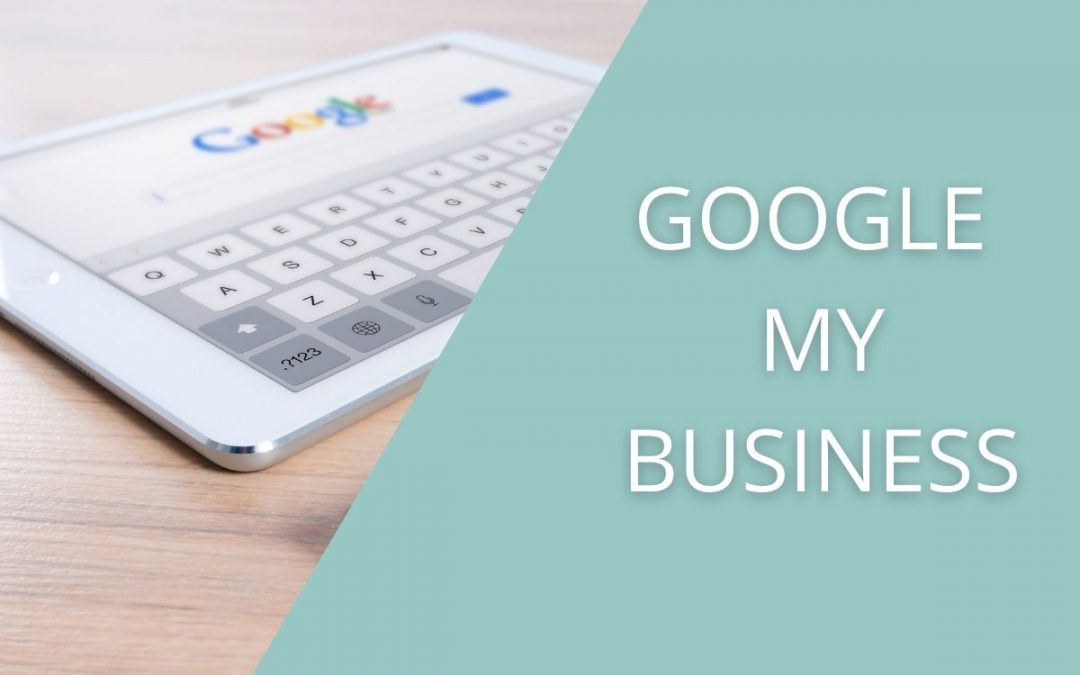
Why do some businesses not update their websites regularly?
Many businesses have been up and running for a while now but one question that often crosses my mind is “Why don’t businesses update their websites regularly? Why does their website feel ignored and forgotten?” I am frequently reminded of this when faced with old, outdated sites that are filled with out-of-date content and broken links or are not mobile-friendly.
So putting pen to paper, I wrote a long list of reasons why I considered people may hate updating their sites (and by default neglecting the rest of their online presence). I have gathered together what I hope are some interesting thoughts to give you a bit of a nudge in the right (or even different) direction if you know you are procrastinating on this very subject.
All businesses are having to make changes at the moment so this is absolutely the right time for you to have a look at your online presence and see what it says about your company. This is also a perfect opportunity to review your general digital admin and ensure that all essential information is kept in one place.
Why do businesses not regularly update their websites? What are the Solutions?
Problem: No one in the business looks after the website – no one is interested, it’s not one person’s responsibility, it’s an addon to a job description, not integral. No one has the inclination or technical know-how to update it. Out of sight, out of mind?
Solution: Is it time to nominate someone and make it their responsibility? If you are a small business and, by default, this person is you, why not block out a regular period in their diary to review everything?
Problem: In a small business you are trying to do it all and the website updates get pushed to the bottom of the pile. If you ignore it, you hope that it might go away.
Solution: Could this be outsourced or could you co-ordinate regularly with your designer?
Problem: Businesses don’t think of a website as an ongoing cost. They think that once they’ve paid to create it, that’s it. They have not allowed an expense contingency in their budgeting to update the site regularly and they find it difficult to reconcile the value of doing this. They can’t see the harm an outdated site is doing to their business and how it makes them look.
Solution: Time to add a website update and maintenance to your company’s budgeting?
Problem: Not seeing the value in updating their website. All that a business sees is an invoice, not the fact that their website content is current and reflects their business. As they don’t regularly update their site, they don’t see the value of a good website and then don’t see the damage of a bad website.
Solution: Time to change their mindset and also spend some time studying Google Analytics?
Problem: Not looking at the longer-term picture. Why not? Because updating your website costs money and it’s easy to take the short-term gains and kick the website updates down the road even if this will affect business later on. Time to rethink priorities?
Solution: Are you as a business focussing on short-term income rather than long-term investment?
Website Check List - Is your Information Up to Date?
To start your review, I’d first of all check the following:
Domain Name – who owns your domain name and where is it registered? What are the login details and password? When is it renewed and how is it paid for?
Hosting Company – this is where your website is hosted (on their servers). What are the login details and who has access to this?
SSL – Does your website have an SSL certificate? If you haven’t looked at your site for a while, it may be that you haven’t added one. You can tell if you do have one by looking at your domain name in your browser and if there’s a locked padlock icon next to it, you do. If you don’t it says “not secure”. This is very prominent when someone is looking at your website on a mobile – probably not the message you want to send!
User-Experience – take some time to have a look at your website through the eyes of a new customer. Can you find easily what you’re looking for and can you find the answers to those frequently asked questions? Is your site too wordy, are there too many boring stock photos that haven’t been optimised ie, they are slowing the site down?
Up to Date – Is your site mobile-friendly as well? Is the content up to date or is it starting to look like a forgotten, dusty old showroom?
A New Way of Working with your Website Designer?
Problem: When they designed the original site the Designer didn’t try to understand the business and this made it a painful process. The resultant website didn’t then reflect the business and wasn’t fit for purpose. The business is reluctant to spend further money and repeat this process.
Solution: It’s going to take a leap of faith to try again but before you engage a new designer, try and really get to know them – do they “get” your business, where you’re going and what you’re trying to achieve? Are you on the same wavelength? Do they listen to you patiently and explain without jargon?
Problem: In website design, there can sometimes be too much jargon, it’s not easy to understand and can sometimes be difficult to make updates to the website which is why this is ignored.
Solution: Could you ask your designer for a couple of hours of tuition or some short Loom videos to explain how things work?
Problem: Sometimes designers finish the project and then “disappear”.
Solution: You never know if this is going to happen but good practice is to get all the login and relevant information at the end of the project.
Problem: As a designer is often freelance, they are often not viewed as integral to or part of the business. Once the site has been designed and signed off, that is the end of the relationship. Why’s this and how can this be resolved in the future? Has the time come to review how you work with your web designer?
Solution: Would you have a better online presence if your web designer had more of a collaborative presence within your business? How about both of you keeping in touch, regularly meeting (by Zoom at the moment) to update them on what’s happening? You can discuss together how this can be reflected online and they can, for example, show you insights into how visitors are using your site which may differ from how you think people are viewing it!
Online & Digital Platforms - What Should You Know?
Whilst we are on the subject of updating your website, I though it would be a good idea to expand to your other digital platforms – it’s definitely worth doing an admin audit of them too!
Logins – Now is a good time to audit who has login access to your social media accounts, Facebook Business Manager and Google Ads Account. How many ex-employees are still on that list or more alarmingly do you only have one person able to login to your various social media platforms and digital advertising? What would happen if you were logged out and do you have accessible recovery emails on your accounts?
Online Platforms – which social media platforms are you on? Do you need to be on all of them or should you concentrate on the one where the majority of your customers are (and manage that one really well) and deactivate the others?
Google My Business – is this up to date. Are your opening times correct? Who has access to this? How often do they check it’s accurate and do they reply to reviews that you receive?
Biographies and Company Information – are these current on your social media platforms?
Opening Times – are these correct on your social media and Google My Business?
And Finally ... A Photographic Review - Have an honest look!
Images – why not have a review of the images you’re posted and those on your website. Are they in focus, straight and cropped nicely? Are they all the same size and shape?
Social Media Feeds – still photograph related … are images or graphics being repeated on your grid or feed. Are they the correct size/ratio? What does your Instagram grid look like? Try and aim to post something different each time otherwise it can quickly look spammy and messy.
Graphics – if you have some time, why not try out something like Canva. They offer a basic free version so you can have a go making something more interesting for your social media feeds.
Linkedin – how’s your header image looking like on your LinkedIn profile. If you’re still using the generic one and don’t know how to add a new header, then drop me a line and I can create something simple for you to add to your page!
Phone Camera – now’s the time to really try out the phone on your camera and see just how creative you can be. Trying editing, cropping and filtering your photos and see how you can grow your portfolio. Go and take photos and enjoy what you usually rush by!
Is there anything digital you'd like to talk about?
If you’d like to dicuss anything further, then why not get in touch and we can have a chat.

